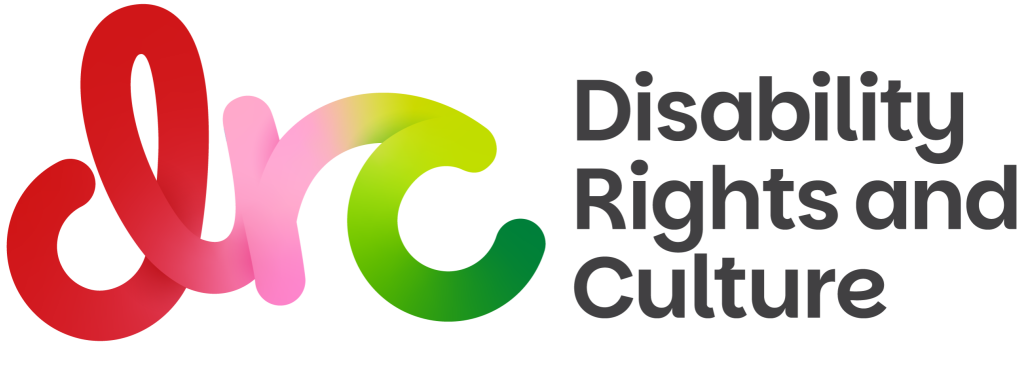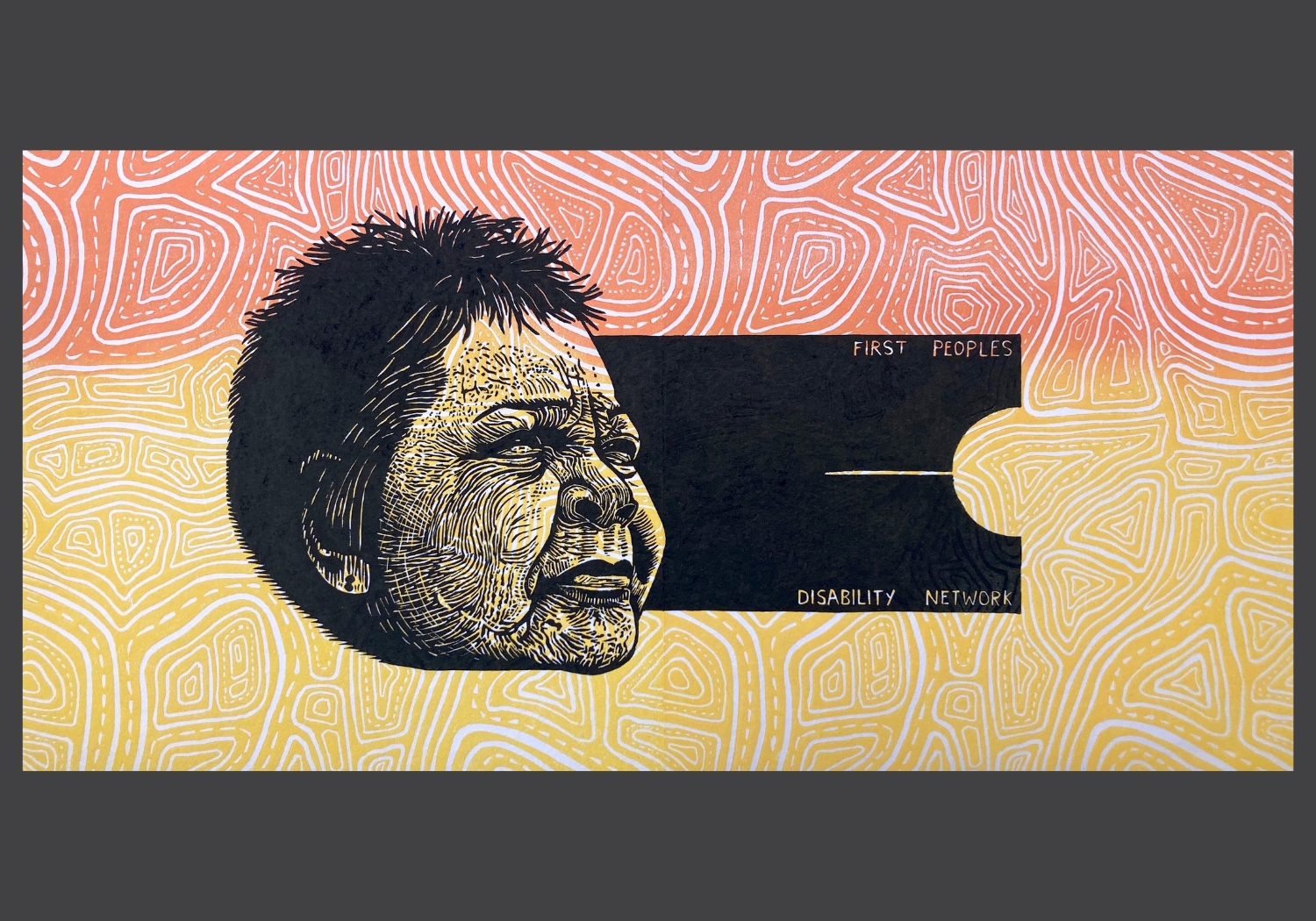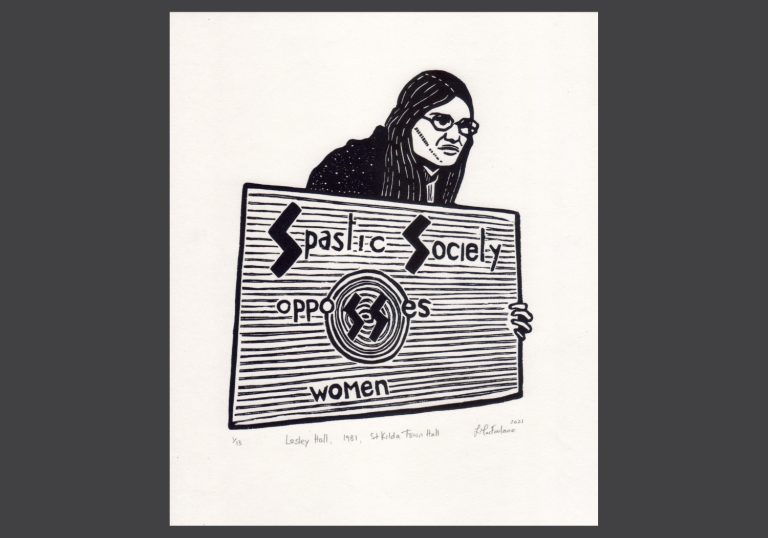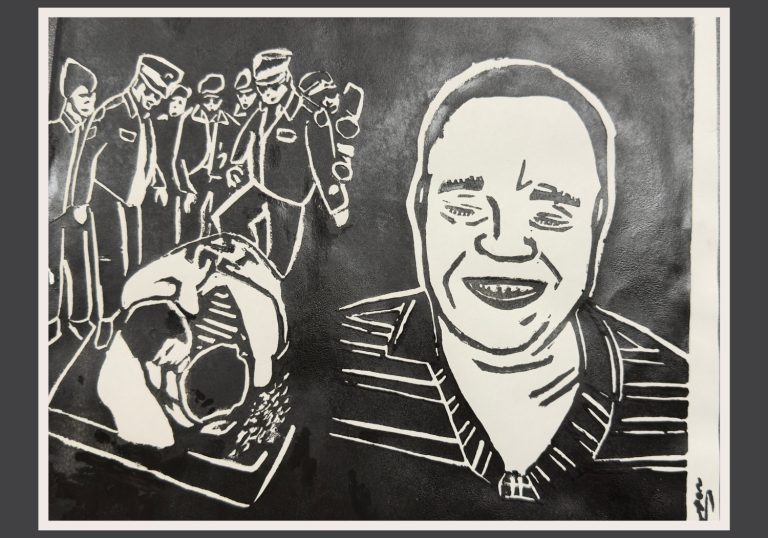By Larissa MacFarlane
Aunty Gayle was a Ngarrindjeri woman born in Raukkan (Point McLeay Mission) on Lake Alexandrina in South Australia. She was a leading voice for Aboriginal people with disability and in 2014 was the founding Chairperson of the First Peoples Disability Network (FPDN). She represented Australia and the FPDN at the United Nations in Geneva and New York, and was also elected the inaugural Chairperson of the Global Network of Indigenous People. Throughout her life she threw a spotlight on the high rates of disability in the Aboriginal communities, resulting from poor health care and nutrition, exposure to violence and psychological trauma, substance abuse and the breakdown of traditional community structures.
As a while settler Australian with a ABI, I am acutely aware of the disproportionately high incidence of brain injury (and other disabilities) experienced by Indigenous peoples as a result of colonialism, incarceration and racism. Gayle and the evidence she leaves behind, including the First Peoples Disability Network, has helped me better understand the intersectional impacts of ableism and racism.




